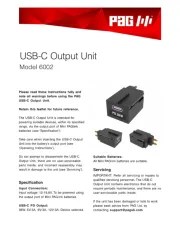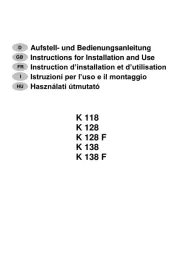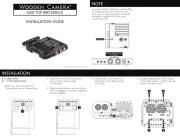Microchip ATSAMA5D42 Manual
Læs gratis den danske manual til Microchip ATSAMA5D42 (73 sider) i kategorien Ikke kategoriseret. Denne vejledning er vurderet som hjælpsom af 14 personer og har en gennemsnitlig bedømmelse på 4.3 stjerner ud af 7.5 anmeldelser.
Har du et spørgsmål om Microchip ATSAMA5D42, eller vil du spørge andre brugere om produktet?

Produkt Specifikationer
| Mærke: | Microchip |
| Kategori: | Ikke kategoriseret |
| Model: | ATSAMA5D42 |
Har du brug for hjælp?
Hvis du har brug for hjælp til Microchip ATSAMA5D42 stil et spørgsmål nedenfor, og andre brugere vil svare dig
Ikke kategoriseret Microchip Manualer



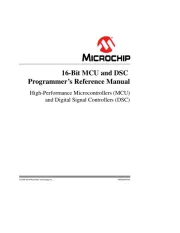

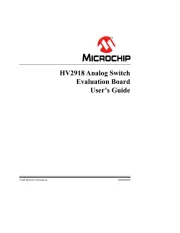
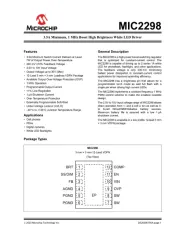
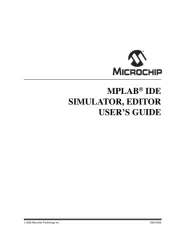

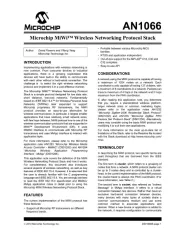
Ikke kategoriseret Manualer
- Mesko
- Closer Pets
- KS Tools
- Paw Patrol
- Leynew
- Chantal
- Stenda
- Pyle Pro
- Revitive
- Michelin
- EZ Dupe
- Kreg
- Miri
- Goliath
- Thor
Nyeste Ikke kategoriseret Manualer
